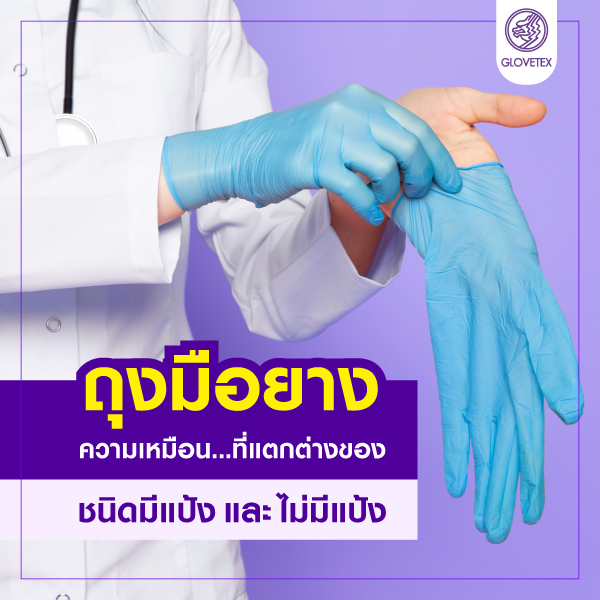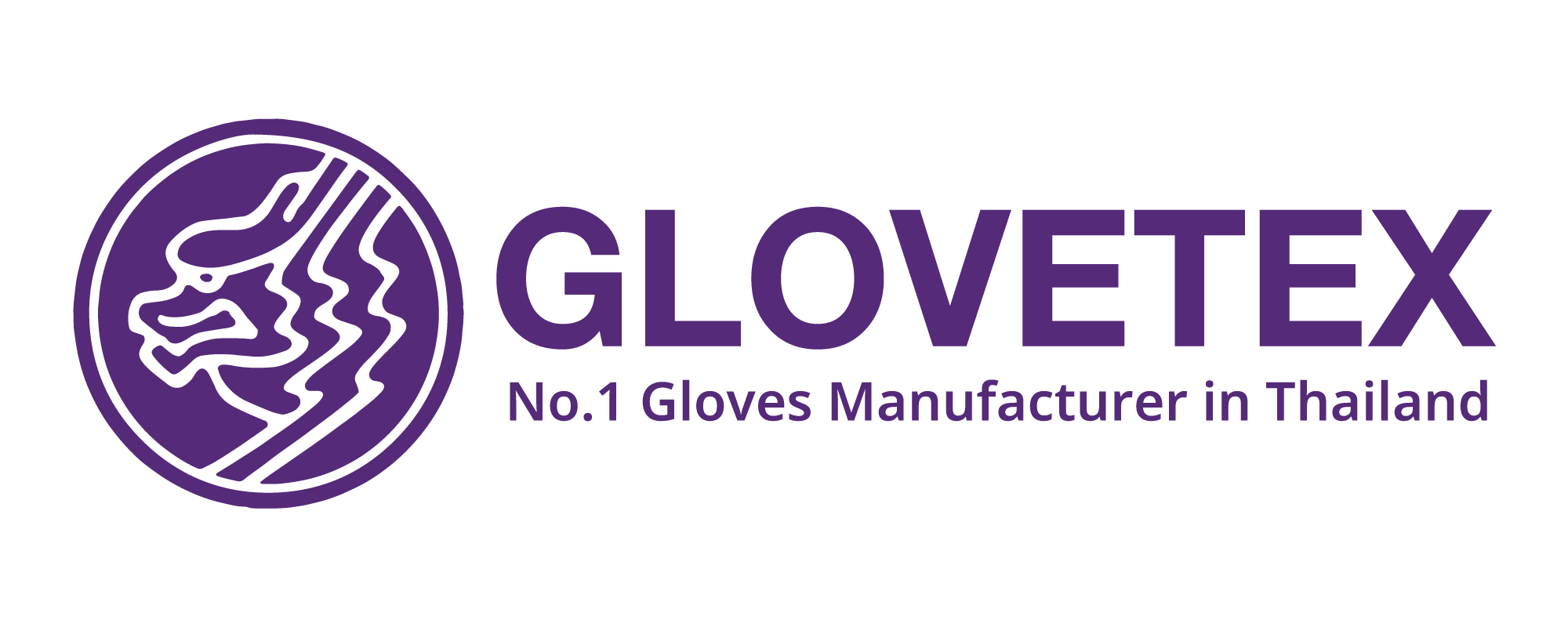Rubber Gloves: The Similarities and Differences Between Powdered and Powder-Free Types

[vc_row equal_height=”yes” content_placement=”middle”][vc_column width=”2/3″ css=”.vc_custom_1633425932980{border-top-width: 15px !important;border-right-width: 15px !important;border-bottom-width: 15px !important;border-left-width: 15px !important;padding-top: 150px !important;padding-bottom: 150px !important;background-image: url(https://glovetex.com/wp-content/uploads/2021/10/800×400.jpg?id=3622) !important;background-position: center !important;background-repeat: no-repeat !important;background-size: cover !important;border-left-color: #ffffff !important;border-left-style: solid !important;border-right-color: #ffffff !important;border-right-style: solid !important;border-top-color: #ffffff !important;border-top-style: solid !important;border-bottom-color: #ffffff !important;border-bottom-style: solid !important;}”][/vc_column][vc_column width=”1/3″ css=”.vc_custom_1618587353573{border-top-width: 15px !important;border-right-width: 15px !important;border-bottom-width: 15px !important;border-left-width: 15px !important;padding-top: 30px !important;padding-right: 30px !important;padding-bottom: 30px !important;padding-left: 30px !important;background-color: #f2f2f2 !important;border-left-color: #ffffff !important;border-left-style: solid !important;border-right-color: #ffffff !important;border-right-style: solid !important;border-top-color: #ffffff !important;border-top-style: solid !important;border-bottom-color: #ffffff !important;border-bottom-style: solid !important;}”][vc_column_text]
In an era where everyone needs to be more cautious, rubber gloves have become an indispensable part of our daily lives. Many people are now seeking information on which type of rubber gloves is best for their needs. There are various options available, but today we will focus on understanding the differences between powdered and powder-free rubber gloves. Both types serve the primary function of protecting the hands from contaminants, especially in high-risk environments where cleanliness and hygiene are critical, such as in medical settings, clinics, and industries where maintaining sanitation is essential.
[/vc_column_text][/vc_column][/vc_row][vc_row css=”.vc_custom_1618492982393{margin-top: 30px !important;}”][vc_column][vc_column_text]
First, let’s get acquainted with the two main types of rubber gloves: Powdered and Powder-Free. Both types are designed with considerations for users who may have allergic reactions to materials used in these gloves. For example, some users may experience allergic reactions to the powder used in powdered gloves, leading to skin irritation, rashes, and itching. On the other hand, powder-free medical gloves, while slightly more challenging to put on, do not cause such allergic reactions or irritation. Overall, powder-free gloves tend to offer advantages in almost every aspect except for the higher cost.
So, what are the differences in benefits?
Whether powdered or powder-free, rubber gloves effectively protect against contact with various substances. However, let’s delve deeper into the specific benefits of each type to help you understand their differences more clearly.
[/vc_column_text][/vc_column][/vc_row][vc_row][vc_column width=”1/2″][vc_single_image image=”3627″ img_size=”full”][/vc_column][vc_column width=”1/2″][vc_column_text]
Powdered Rubber Gloves
One of the advantages of powdered gloves is that they are thick enough to provide a level 1 protection against hazardous chemicals, allowing for safe use with such chemicals. The powder used in these gloves is primarily cornstarch, which is commonly used in food preparation and poses no danger. This means that direct contact with the powder generally does not cause allergic reactions or irritation (for those not allergic).
When users sweat while wearing powdered medical gloves, the gloves remain easy to wear and facilitate dexterity. The powder helps absorb moisture while the gloves are on, also serving as a lubricant.
Because powdered rubber gloves are produced with a less complex manufacturing process—since they do not require the removal of powder—they are generally less expensive, thus helping to reduce costs effectively.
[/vc_column_text][/vc_column][/vc_row][vc_row][vc_column][vc_column_text]
Powder-Free Rubber Gloves
The main advantage of powder-free rubber gloves is that they do not cause any allergic reactions associated with powder, nor do they cause irritation. These gloves are slightly thicker than powdered ones, providing a snug fit that feels as though the user is not wearing gloves. They are more resistant and durable, even after being washed with high-concentration chlorine.
Powder-free gloves maintain their strength and durability, and they are also cleaner because they undergo a thorough chlorine washing process. For those involved in food preparation, there are specific versions available that are safe for food contact, ideal for chefs and restaurants.
In summary, while powdered gloves are not necessarily inferior, choosing the right type based on the specific task and checking for user allergies is advisable. Selecting the appropriate gloves ensures ease of use, reduces concerns, and helps in cost savings.
For versatile applications, including food handling, we recommend our high-quality nitrile rubber gloves.
[/vc_column_text][/vc_column][/vc_row][vc_row css=”.vc_custom_1633426998091{margin-top: -50px !important;margin-bottom: -50px !important;padding-top: 0px !important;padding-bottom: 0px !important;}”][vc_column][porto_image_frame link=”url:https%3A%2F%2Flin.ee%2FwgXULga” image_id=”3631″][/porto_image_frame][/vc_column][/vc_row][vc_row][vc_column][vc_column_text]
: เรียบเรียงโดย นภัทร คำปา
ข้อมุลอ้างอิง
thai-safetywiki
สอบถาม หรือขอใบเสนอราคา
https://www.facebook.com/Glovetex.Safety
Tel. 083-989-7512 (เพื่อสอบถาม หรือขอใบเสนอราคา)
Line : @microtex หรือคลิก https://lin.ee/wgXULga
[/vc_column_text][/vc_column][/vc_row]






